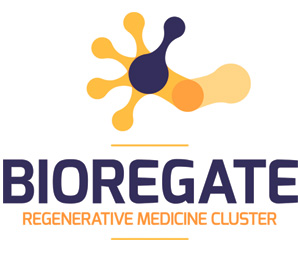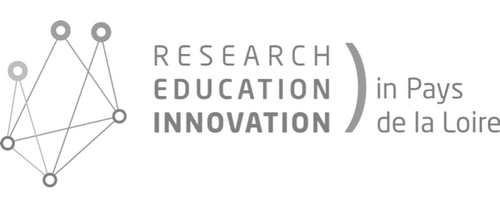Rational
Cleft lip and palate is the most common congenital malformation of the face, with 800 new cases every year in France. Seventy-five percent of cleft lip and palate patients have an associated alveolar cleft. This facial malformation has psychological, aesthetic and functional impacts on the life of the affected children. The alveolar cleft is generally repaired between 4 and 6 years of age by a procedure called gingivoplasty, involving cancellous bone grafting from the iliac or tibial bones. The bone harvesting procedure causes a scar, is associated with postoperative pain and increases the time spent in the operating room. In adults, this procedure is associated with a 10% failure rate. Current alternatives to bone grafting are bone substitutes and tissue engineering strategies. When a compact graft such as hydroxyapatite block is inserted into the alveolar bone defect, the failure rate is generally high due to poor contact between material and bone. When a biomaterial powder is grafted alone, granules tend to extrude, and finally do not fill completely the defect. Calcium phosphate cement has a great ability to match the inner surface of complex defects with an excellent primary stability. Unfortunately, cements have a poor interconnected internal structure that does not favor cells and fluids invasion, hampers osteoconduction and eventually leads to cement resorption. When granules are combined with bioactive agents such as mesenchymal stromal cells, bone formation can be comparable to bone grafting, but the cell therapy procedure is complex, expensive, and ethically questionable in this application. Based on the previous studies from the RMeS lab related to bone tissue engineering with calcium phosphate cements and total fresh bone marrow, and considering the ground-breaking development of 3D printing in medicine, we aim at developing a 3D cement able to match perfectly the bone defect surface, while presenting a customized internal structure promoting cells and fluids invasion. The combination of the cement with total bone marrow should enhance its ability to repair the alveolar cleft.
Goals
We would like to develop a customized 3D printed composite cement able to heal an alveolar cleft in a preclinical model, with the same results as bone grafting procedures. Ideally, this project should be the ultimate step before starting a multisite clinical trial.
Expected results
1 / Formulation of a biocompatible and printable cement (without toxic crosslinking agents), ductile enough to respond to mechanical stress, porous enough to allow the exchange of fluids and cells necessary for bone turnover, biodegradable in order to be replaced by the newly-formed bone
2 / development of a digital model of a 3D scaffold in order to customize the internal structure and the global shape of the implant, designed for the personalized repair of the alveolar cleft.
3 / In vivo assessment and validation of bone ingrowth in a dog congenital cleft model. This step is mandatory before planning a human study.
Methodology
In order to meet the objectives of this project, we plan to hire a PhD student for 3 years, 3 Master research students during one year as well as a post-doctorate fellow during 1 year. The composite cement of HydroxyPropylMethylcellulose developed in the RMes Lab by Liu et al. will serve as a basis for developing various 3D printed cements. As Si-HPMC is weakly degradable, the addition of a natural polymer such as hyaluronic acid, pullulan or chitosan will be studied. The different partners of the project will be invited to provide their complementary expertise: RMeS lab for formulation and physicochemical characterization of the cements, LS2N lab for trajectories programming and monitoring the creation processes of the digital model and 3D printing, Laval University lab (Canada) for printed cellularised gels, INRA and GEPEA lab for the mechanical characterization of the printed material and ONIRIS veterinary school for the in vivo investigation.

